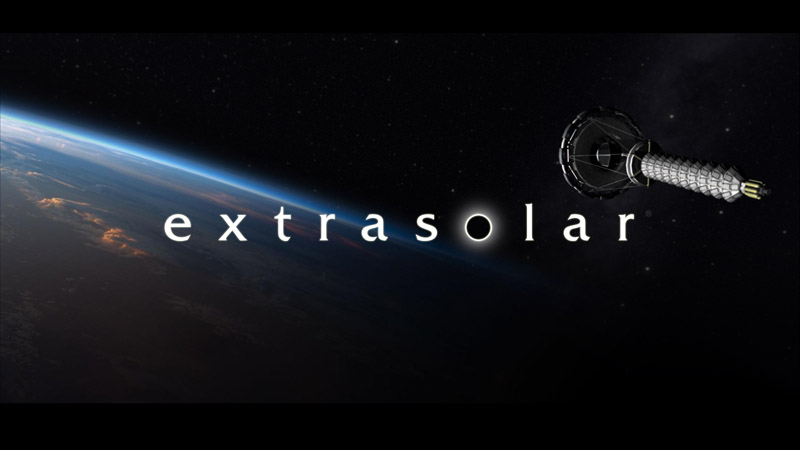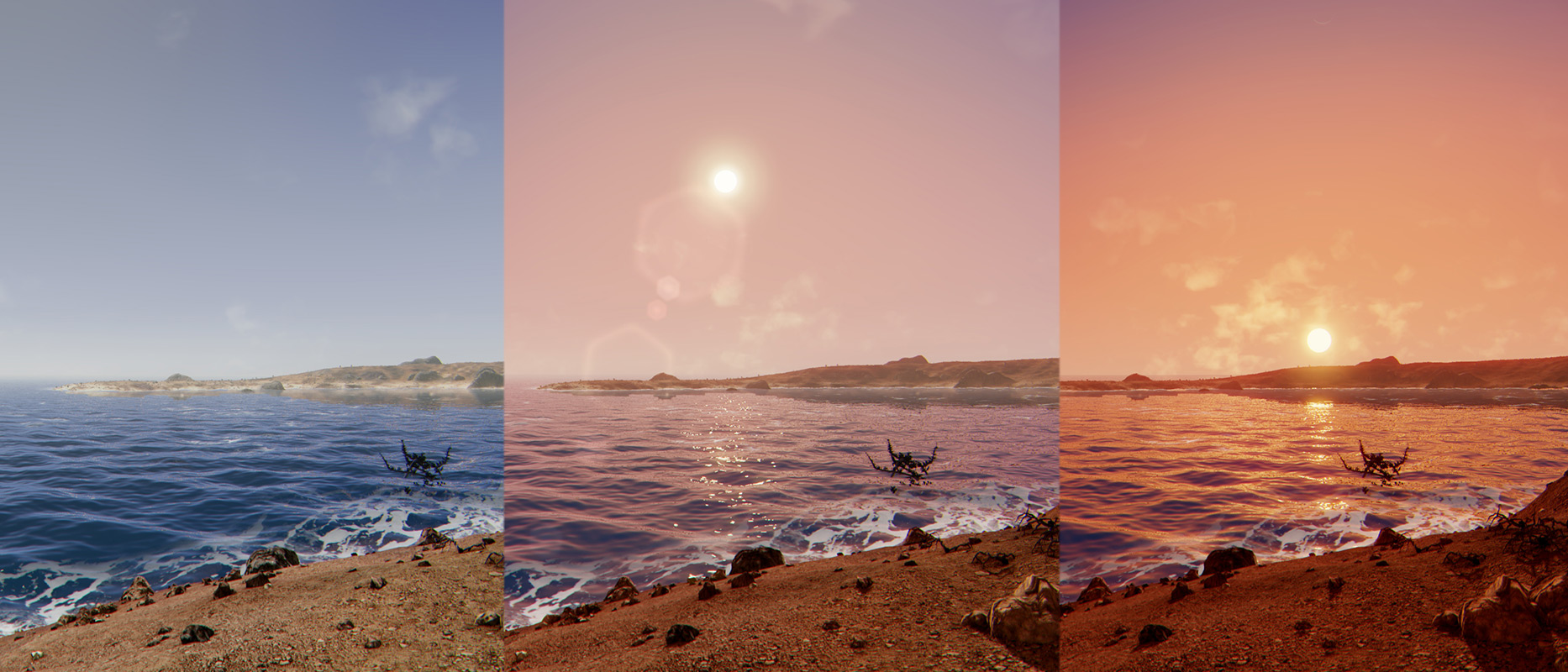Lacuna Passage - Devlog #26 - Development Since GDC
After returning from GDC last month we have come back to development with a renewed vigor. I met some great people and attended some great sessions, all of which have inspired the direction we will take from here on out. Today I want to discuss some of our current objectives.
One of our big focuses right now is to polish up our dynamic music system. Over the last several months we have determined that our music solution might be a valuable addition to the Unity Asset Store. The system we have designed solves a unique problem that we think other developers might be able to benefit from (you can see an early version of the system in this devlog video we posted a while back). With the announcement during GDC that FMOD will be free for indie developers with small budgets we were worried that our system might become redundant, but after looking at the pros and cons of using FMOD we are convinced that our system provides a simpler and more streamlined workflow for developers looking to utilize dynamic music stems without the need for an external editor. We will likely charge a small amount for our scripts on the Asset Store to see if we can subsidize part of our development cost with the income.
Some of you may have heard of the game Extrasolar which utilizes a non-real-time photography mechanic. The developers of Extrasolar gave a talk at GDC called “Game Design at 0.0003 FPS” where they detailed some of the specifics of their system and it got me thinking of ways we could benefit from this approach. We obviously still have to maintain a decent frame rate for the exploration elements of Lacuna Passage (which the player can influence by selecting different quality settings), but when the player chooses to take a photo we have some leeway. We can render a higher quality screenshot from a secondary camera with more image effects than the primary game camera at the cost of only an extra half second of rendering time.
For those with high-end gaming rigs, taking a photo will take almost no time at all and the quality will be identical or even slightly better than the quality of their game-view camera. Those with lower-end hardware running on low quality settings will still get the same high-quality photographs just with a slightly longer rendering time (still less than a second). Since we don’t have to worry about rendering multiple frames per second when taking a photo we can create a unified quality for all photos for all players. This is especially useful when we look at our VR implementation. Obviously we can’t take a screenshot of the view straight from the Rift or we get a distorted, double-vision photo. Below you will see what a photo taken from the Rift looks like with our new secondary camera system.
We have also been working to improve our asset pipeline so our artists can produce content faster and more efficiently. An important part of this process is our Asset Previewer. Our Asset Previewer is actually a small separate Unity project that contains all of our shaders from the game and some tools for viewing assets that help to ensure that when they are put in the game they will fit with the scale and style of all the other existing assets. This is extremely useful for us since we cannot afford to purchase Unity Pro licenses for all of our artists. They can preview assets with this project in the free version of Unity and I can import them into the main project later.
Recently we added a feature that lets us export animated gifs straight from the Asset Previewer to create seamless turntables of our assets. Between these gifs and other screenshots we can get a great idea of what an asset will look like before we ever need to place it in the game. Here are some examples.
The weeks since GDC have been extremely productive for us and we hope to keep up this pace. If there is anything else you’d like to see about our development just let us know in the comments!







